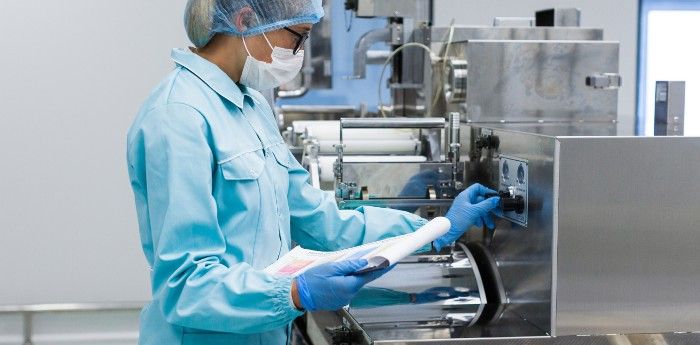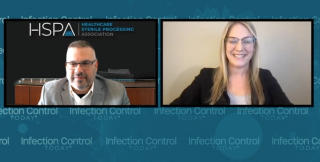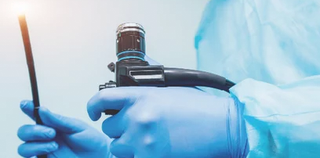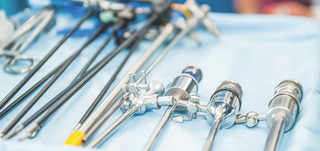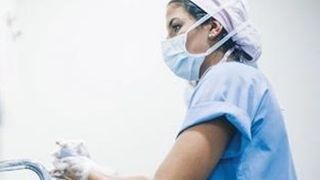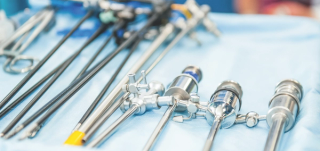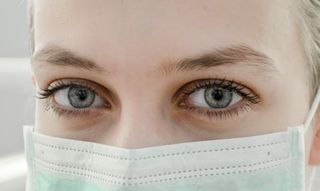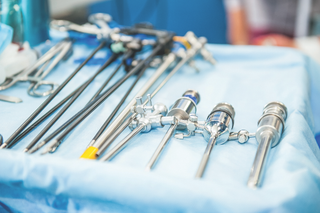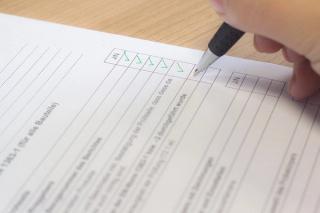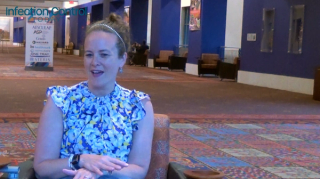
Sterile Processing
Latest News
Latest Videos

More News
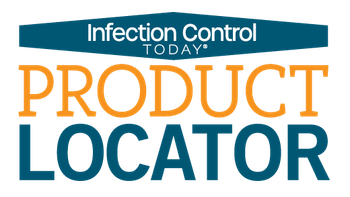
Infection Control Today's® Product Locator is a monthly column highlighting some of the latest advanced technology in the infection prevention field.
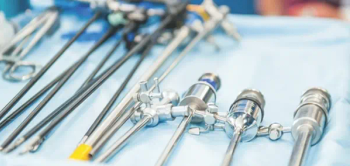
What are the issues if sterile processing departments (SPDs) can't hire more qualified personnel?
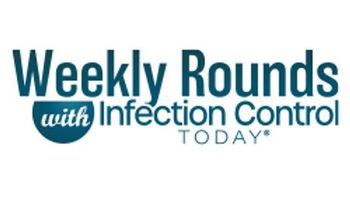
Take 5 minutes to catch up on Infection Control Today®’s highlights for the week ending April 23, 2023.

How is infection prevention different in dental offices from other health care facilities? Experts explain.
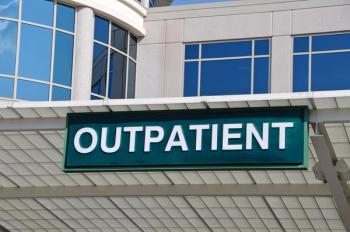
Unlike hospitals, ambulatory settings have traditionally lacked adequate infrastructure and resources to support infection prevention and monitoring.

Numerous pathogen outbreaks have been from the water in medical facilities. So what are the dangers, and what can infection preventionists do to prevent morbidities and mortalities from occurring?

Take 5 minutes to catch up on Infection Control Today®’s highlights for the week ending April 16, 2023.
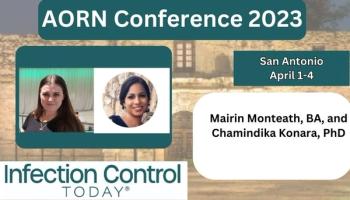
Two investigators from Australia spoke with ICT about how management tools can overcome health care worker reluctance and implement OR safety improvements.

Take 5 minutes to catch up on Infection Control Today®’s highlights for the week ending April 9, 2023.
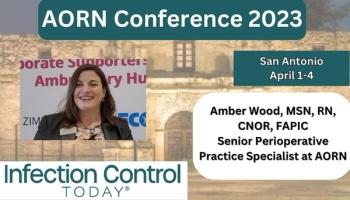
Amber Wood MSN, RN, CNOR, CIC, FAPIC, talks with ICT about her 2 presentations at the 2023 AORN annual conference, and how important the conference is to her and everyone who attended.

Take 5 minutes to catch up on Infection Control Today®’s highlights for the week ending April 2, 2023.

Learn from your mistakes; reach for the stars. We all have learning to do. Just don't quit!

Take 5 minutes to catch up on Infection Control Today®’s highlights for the week ending March 19, 2023.
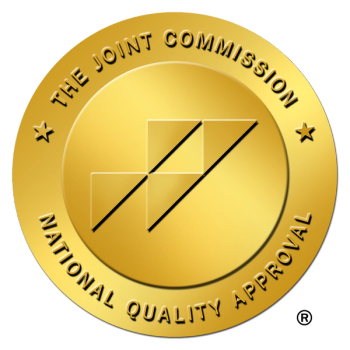
With all the misinformation and confusion about what The Joint Commission (TJC) does and doesn't do, ICT went to TJC to find out. Listen to the detailed interview to find out what health care workers need to know.

Take 5 minutes to catch up on Infection Control Today®’s highlights for the week ending March 5, 2023.

As the third year of COVID-19 begins, some questions have been answered, but others still remain. ICT asked leaders in the infection prevention and control field what answers the medical world needs now.
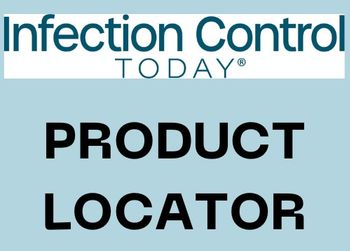
Infection Control Today's® Product Locator is a monthly column highlighting some of the latest advanced technology in the infection prevention field.

A study clearly shows that surgical site infections (SSIs) can be reduced by changing surgical gloves and instruments before the closing abdominal wound closure.

Take 5 minutes to catch up on Infection Control Today®’s highlights for the week ending January 6, 2023.
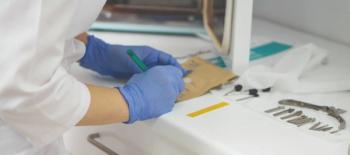
Read about the sterilization process of eye instruments and devices.

Ambulatory health care facilities deserve infection prevention and control resources with the preparedness to address the unique complexities of their health care setting.

Take 5 minutes to catch up on Infection Control Today’s highlights for the week ending November 18, 2022.

Take 5 minutes to catch up on Infection Control Today’s highlights for the week ending November 11, 2022.

Association for Professionals in Infection Control and Epidemiology’s (APIC’s) CDS Conference is virtual this year, and the topics are environmental hygiene and sterile processing.

Take 5 minutes to catch up on Infection Control Today’s highlights for the week ending November 4, 2022.



